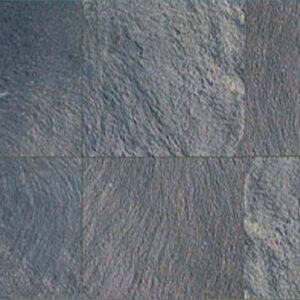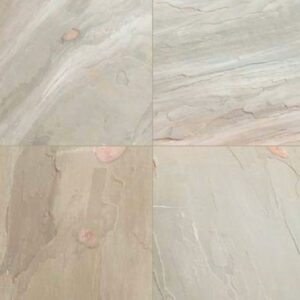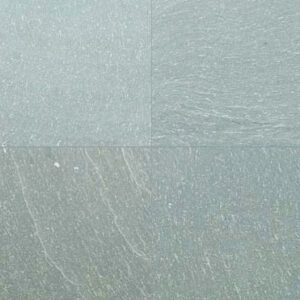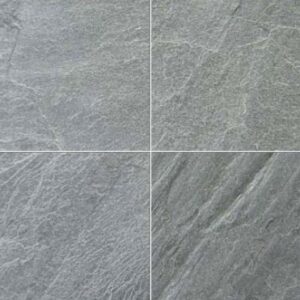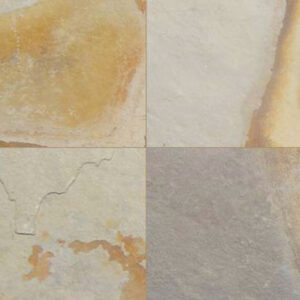Quartzite Stone
Quartzite is a metamorphic rock formed when quartz-rich sandstone or chert has been exposed to high temperatures and pressures. Such conditions fuse the quartz grains together forming a dense, hard, equigranular rock. The name quartzite implies not only a high degree of induration (hardness), but also a high quartz content. Quartzite generally comprises greater than 90% percent quartz, and some examples, containing up to 99% quartz, and are the largest and purest concentrations of silica in the Earth’s crust. Although a quartz-rich sandstone can look similar to quartzite, a fresh broken surface of quartzite will show breakage across quartz grains, whereas the sandstone will break around quartz grains. Quartzite also tends to have a sugary appearance and glassy lustre. The variety of colours displayed by quartzite are a consequence of minor amounts of impurities being incorporated with the quartz during metamorphism. Although quartzite can sometimes appear superficially similar to marble, a piece of quartzite will not be able to be scratched by a metal blade, and quartzite will not fizz on contact with dilute hydrochloric acid.
Showing all 10 results


